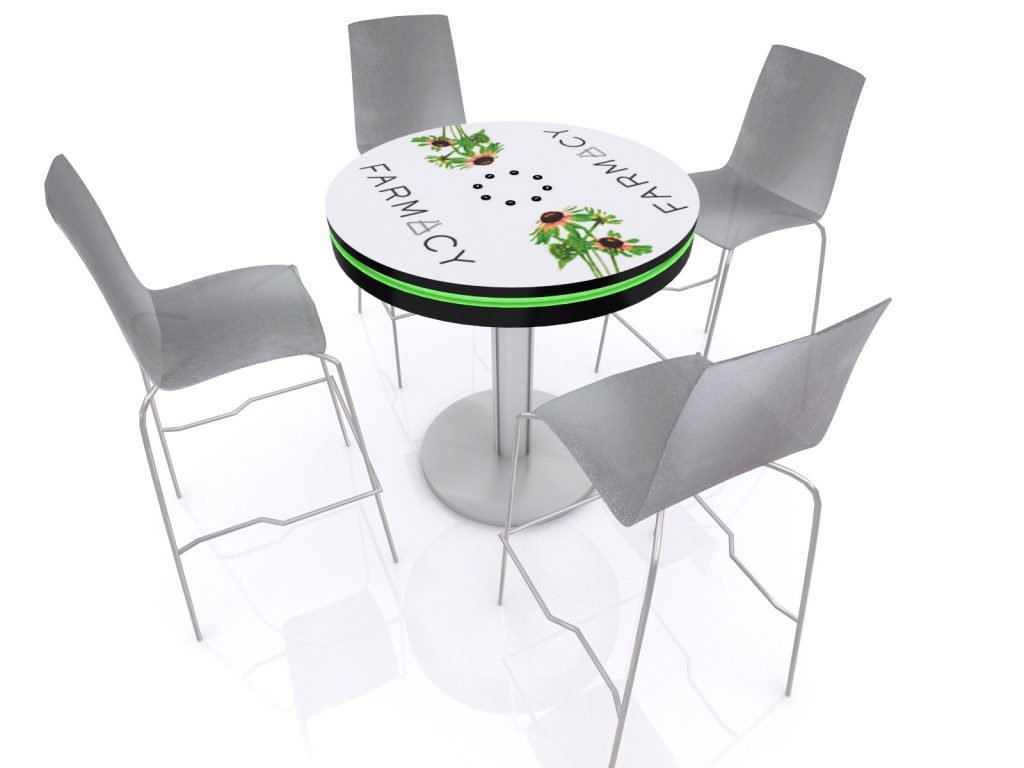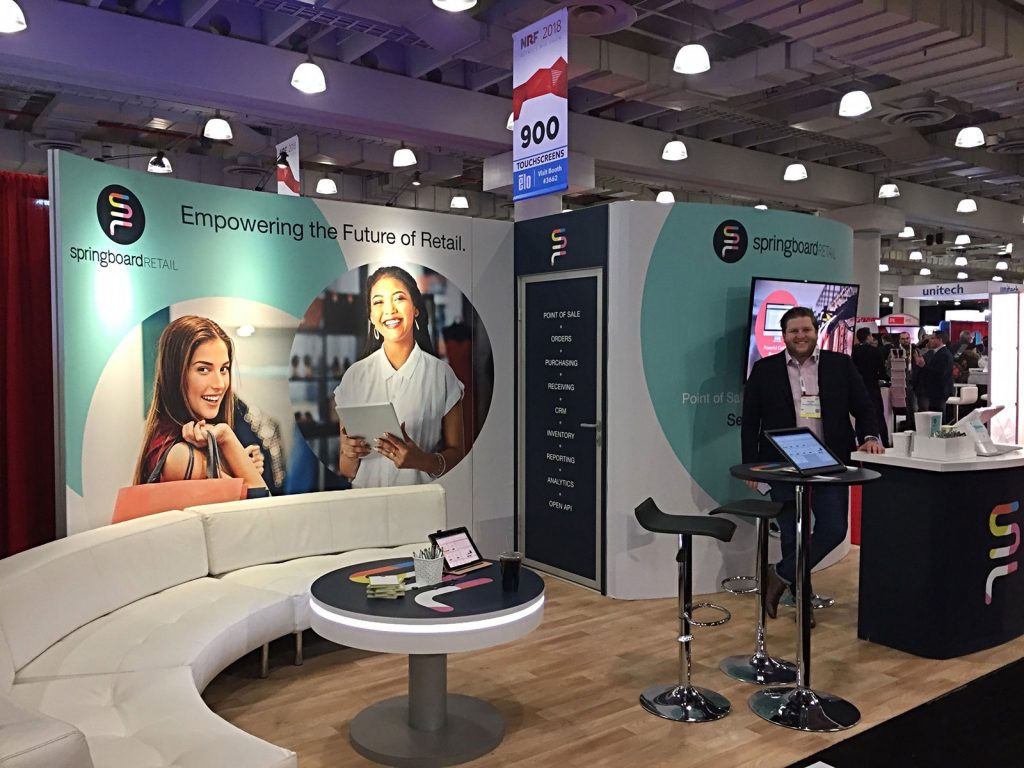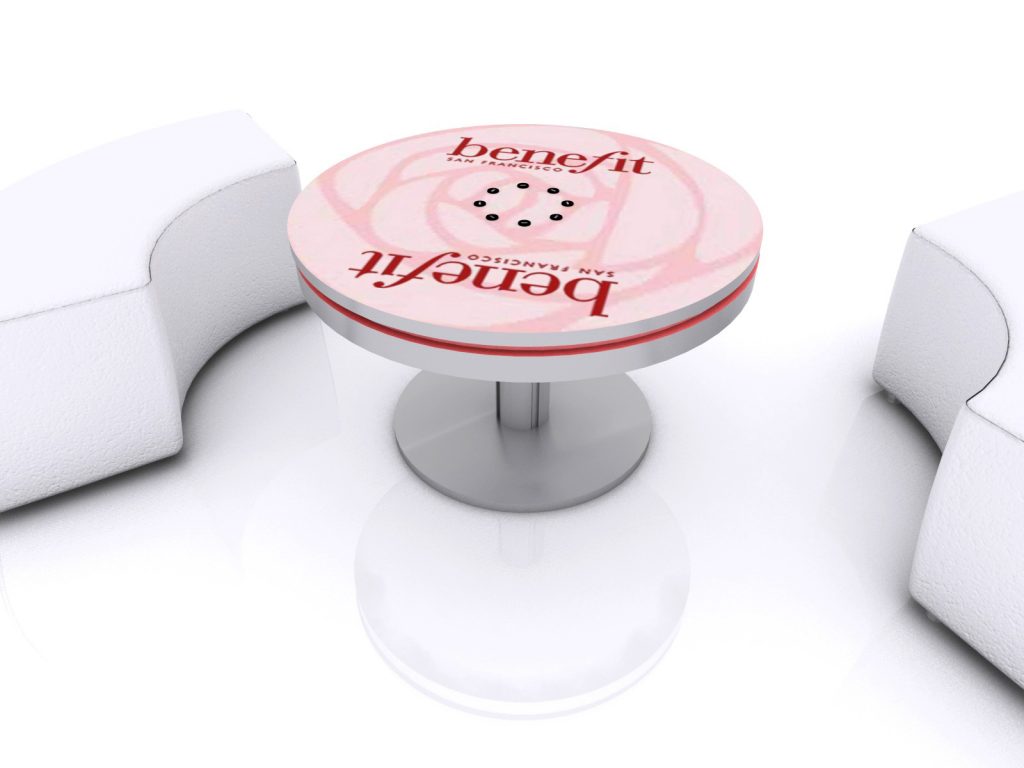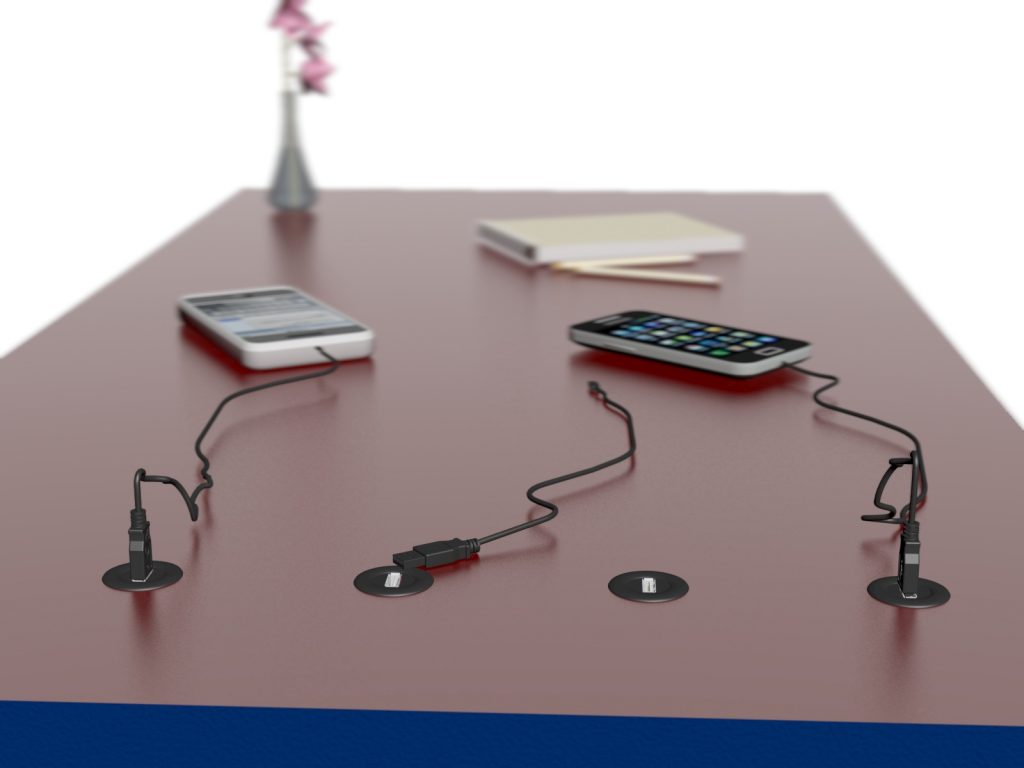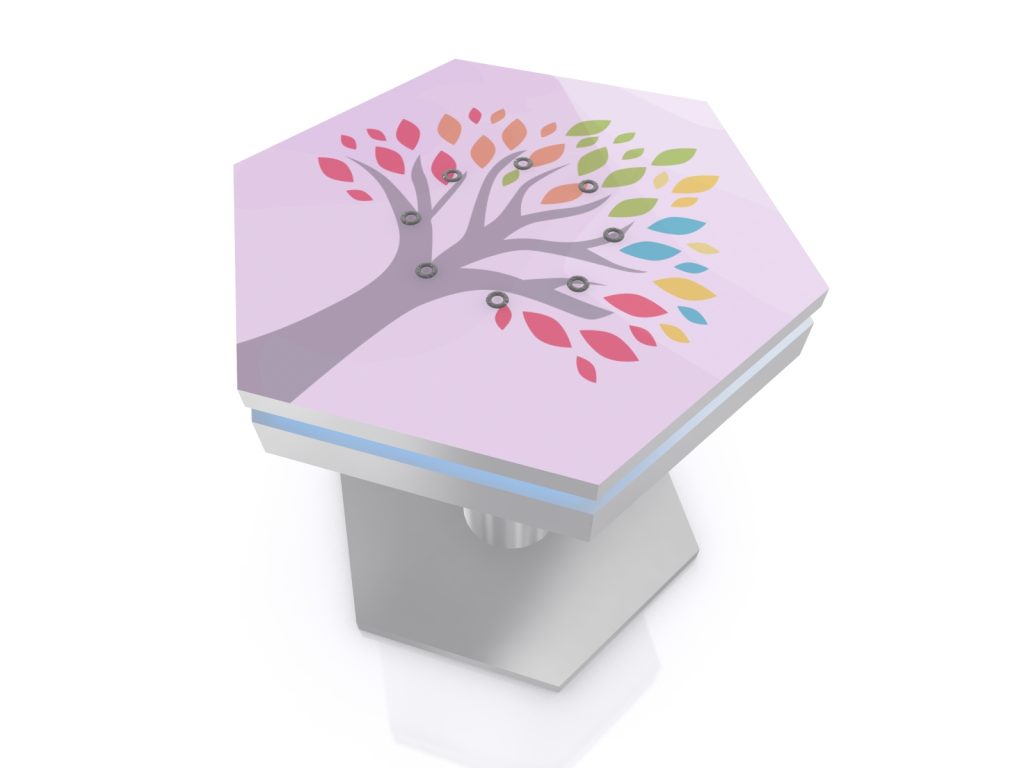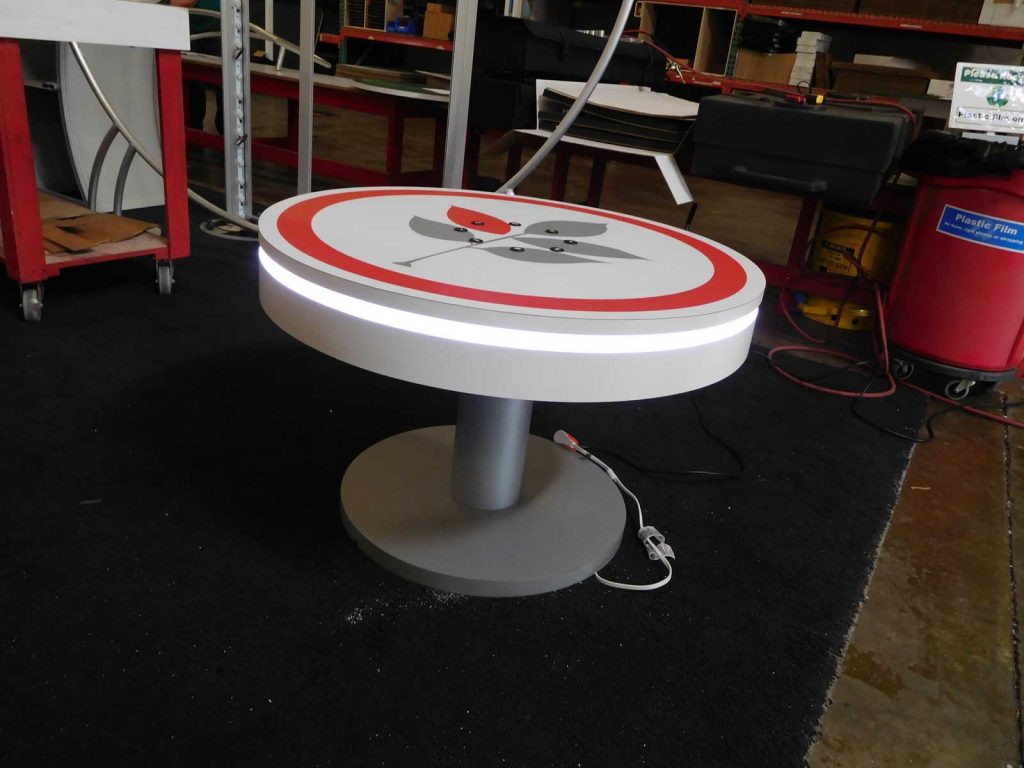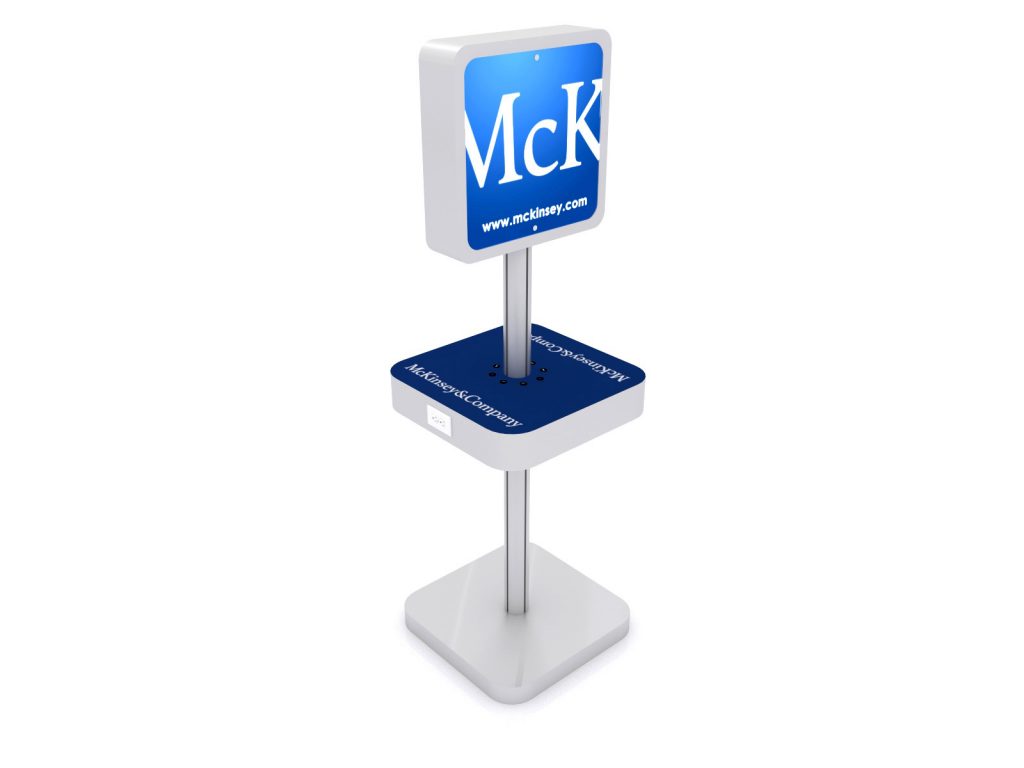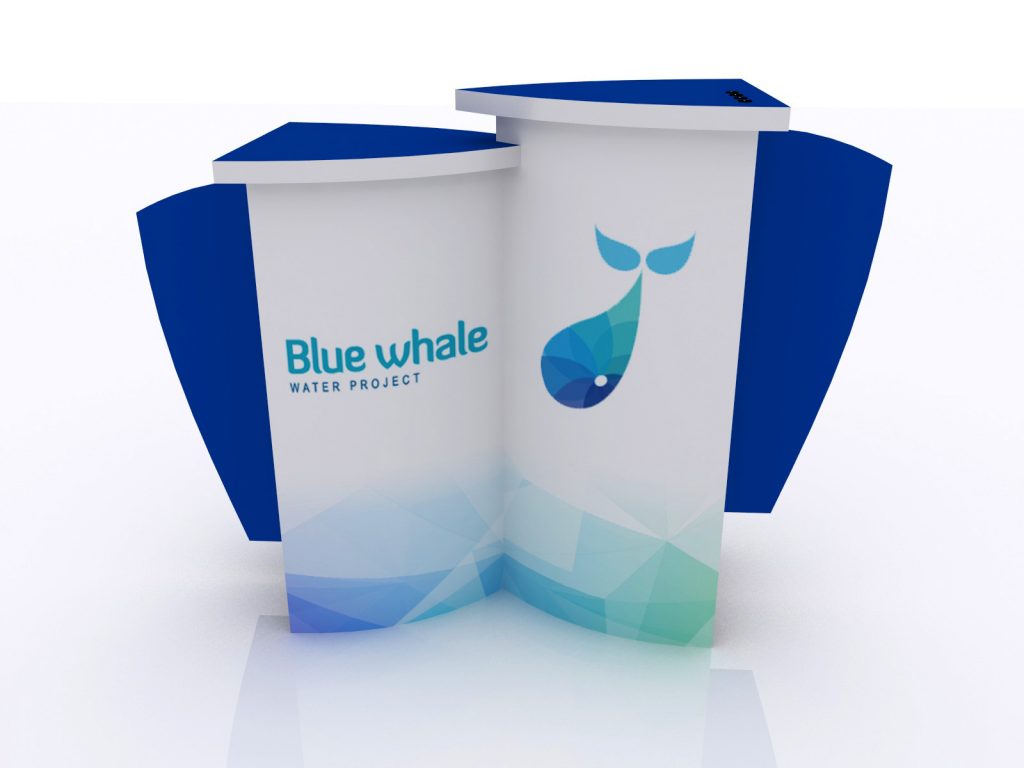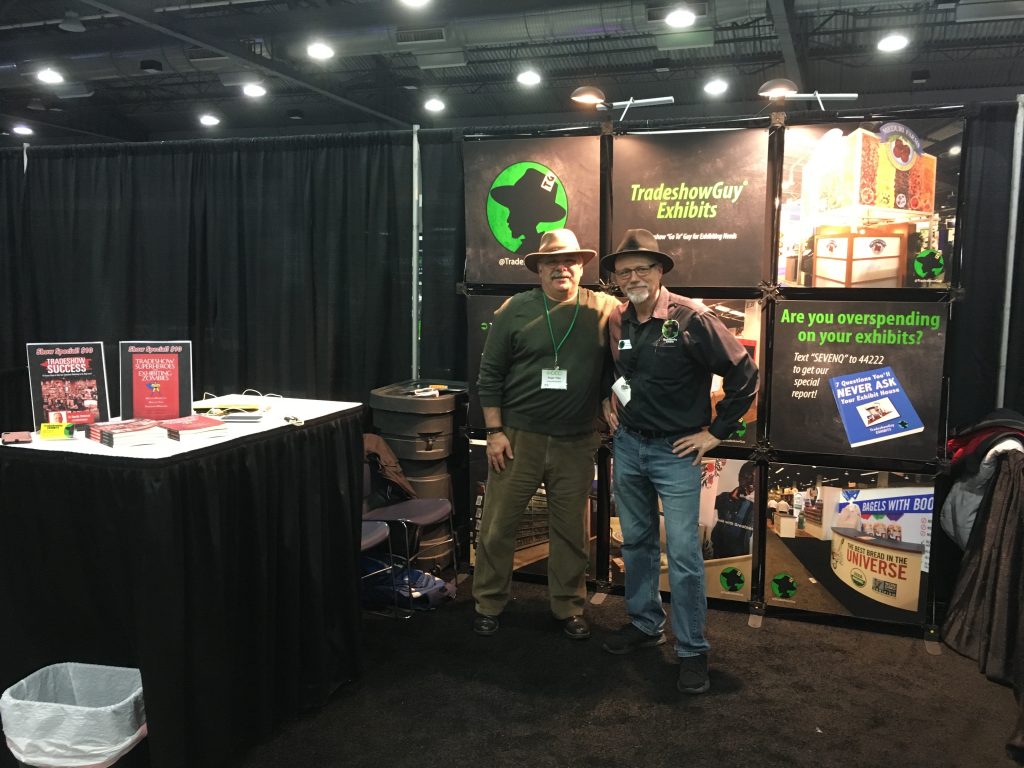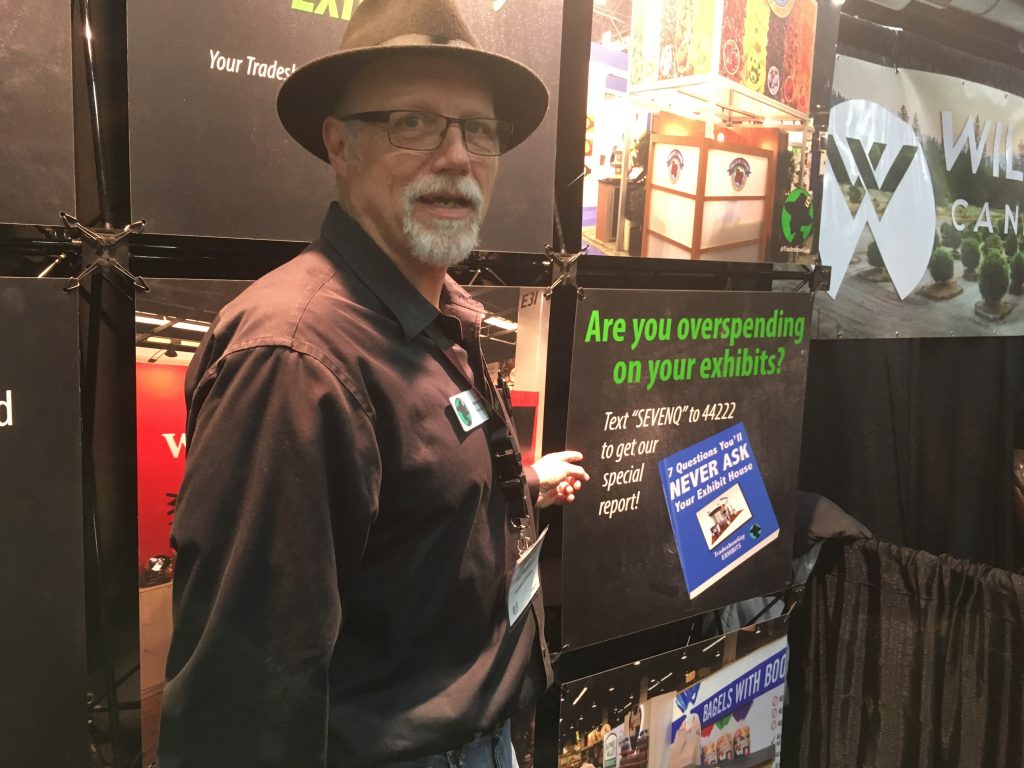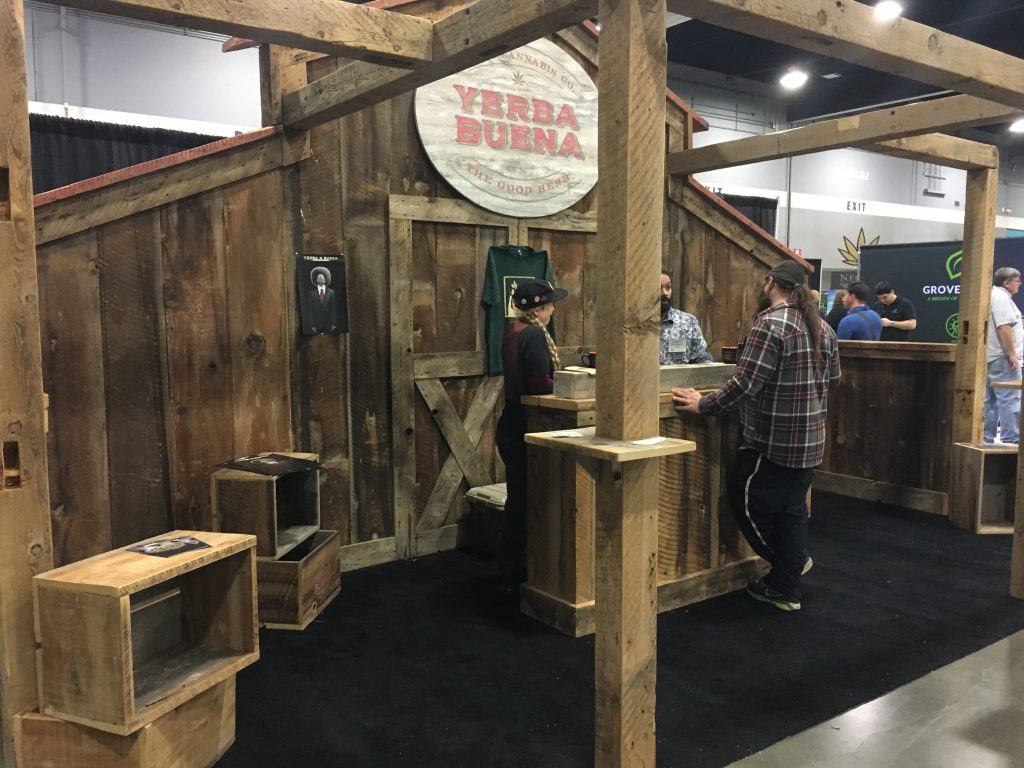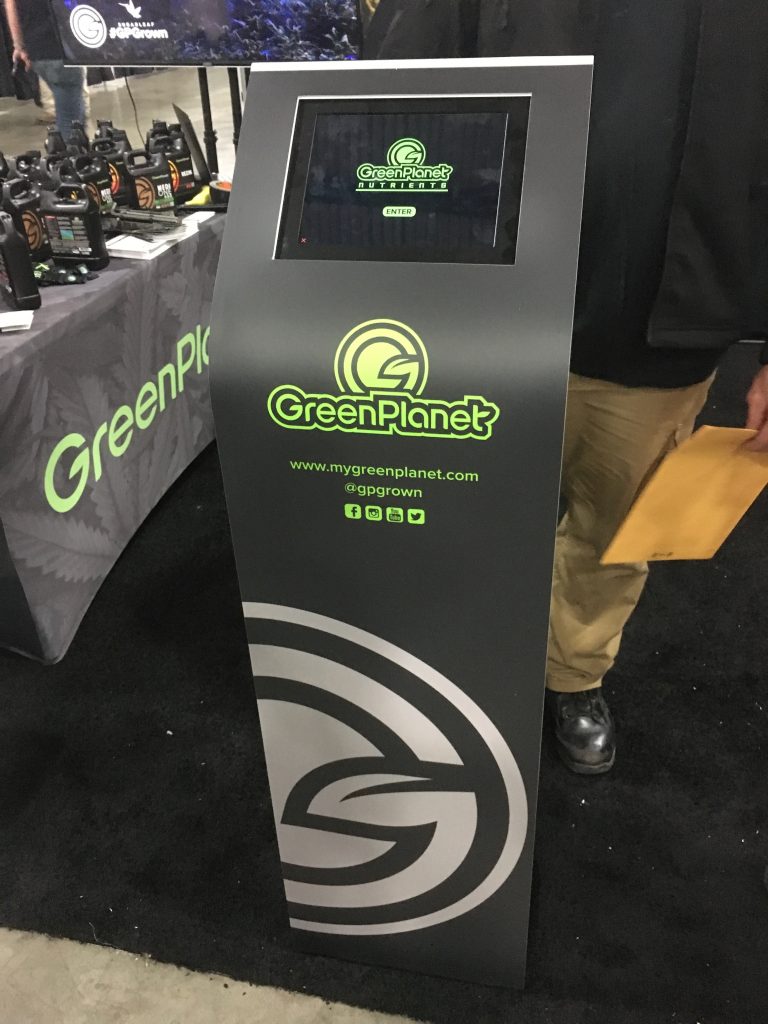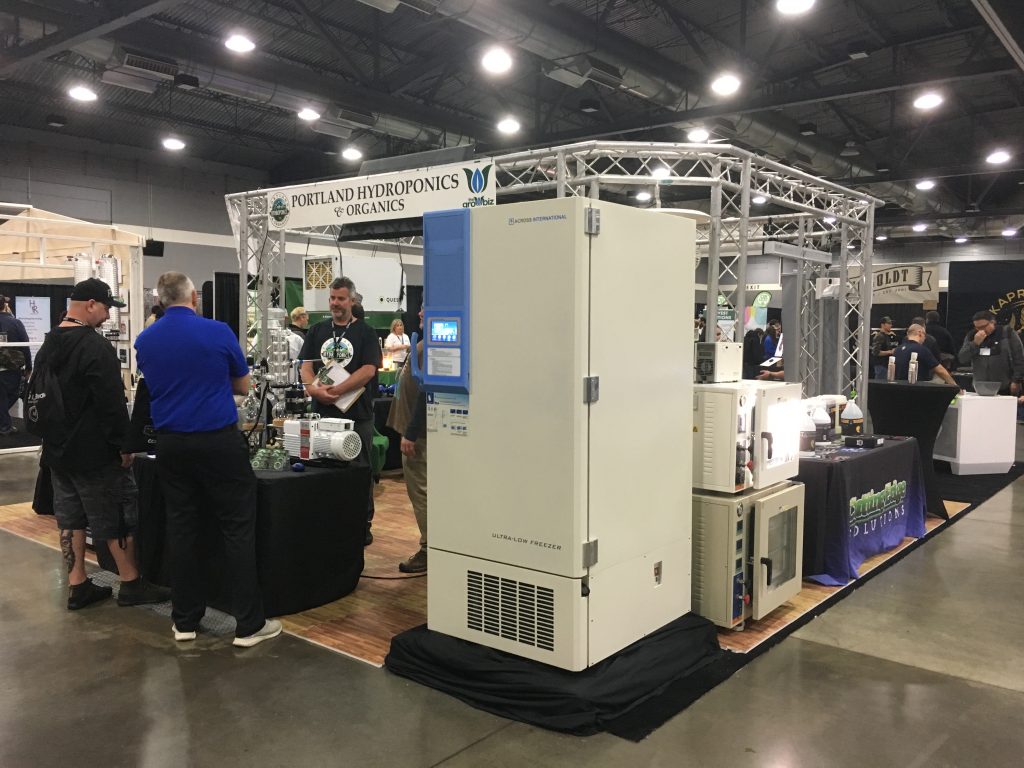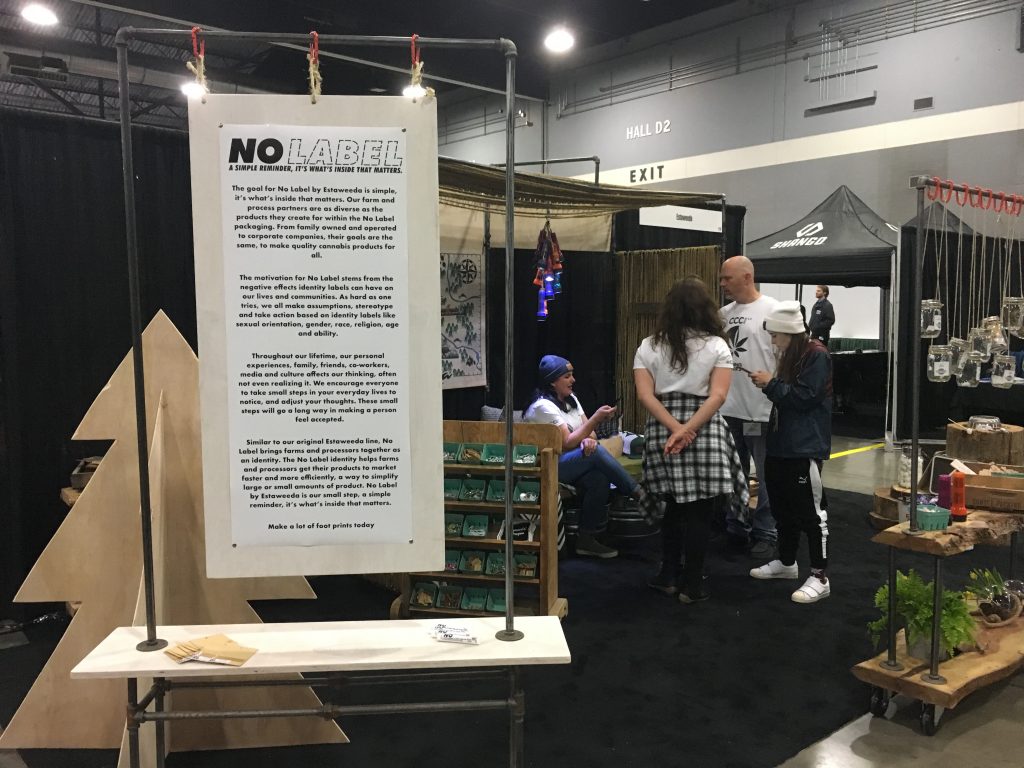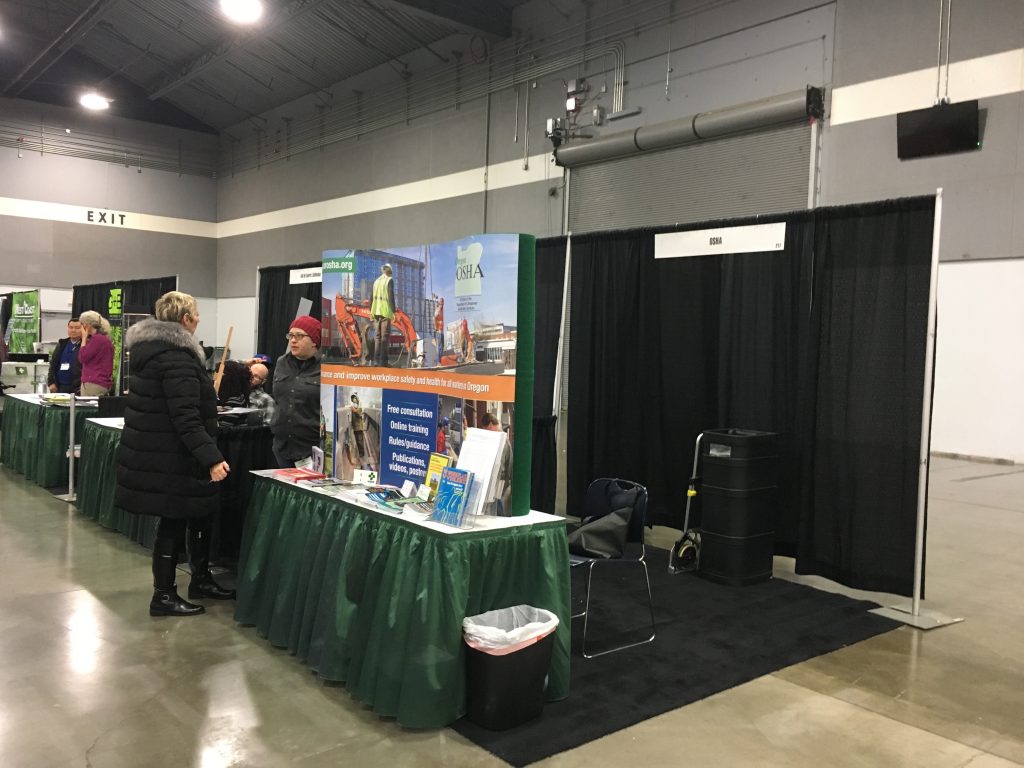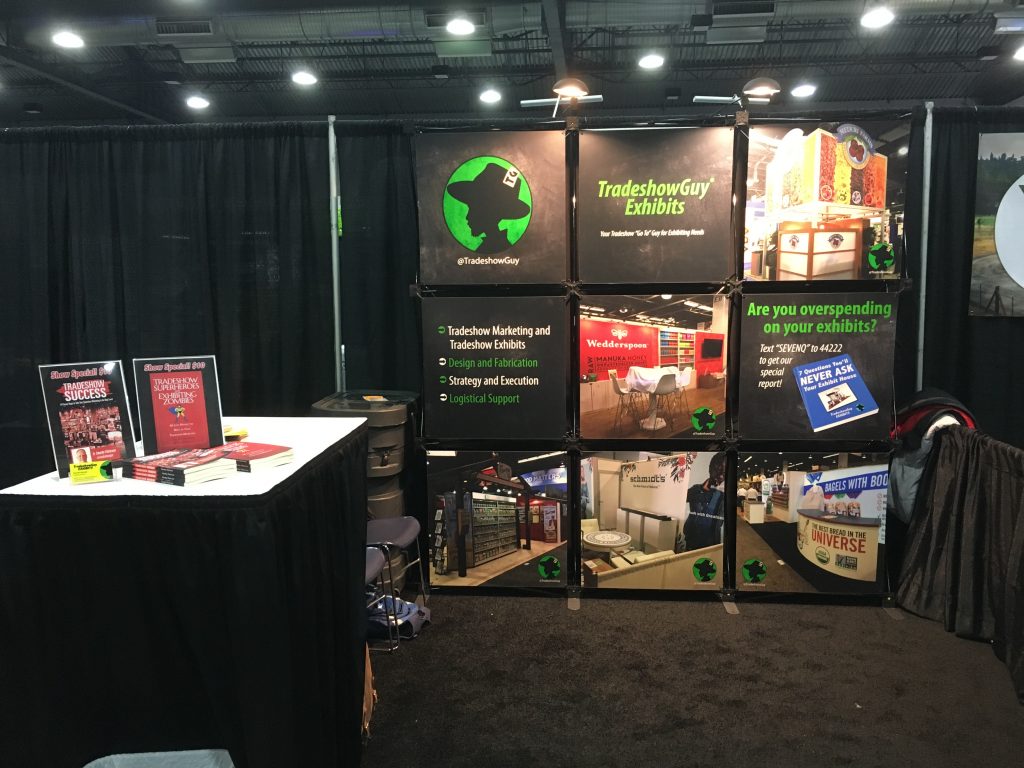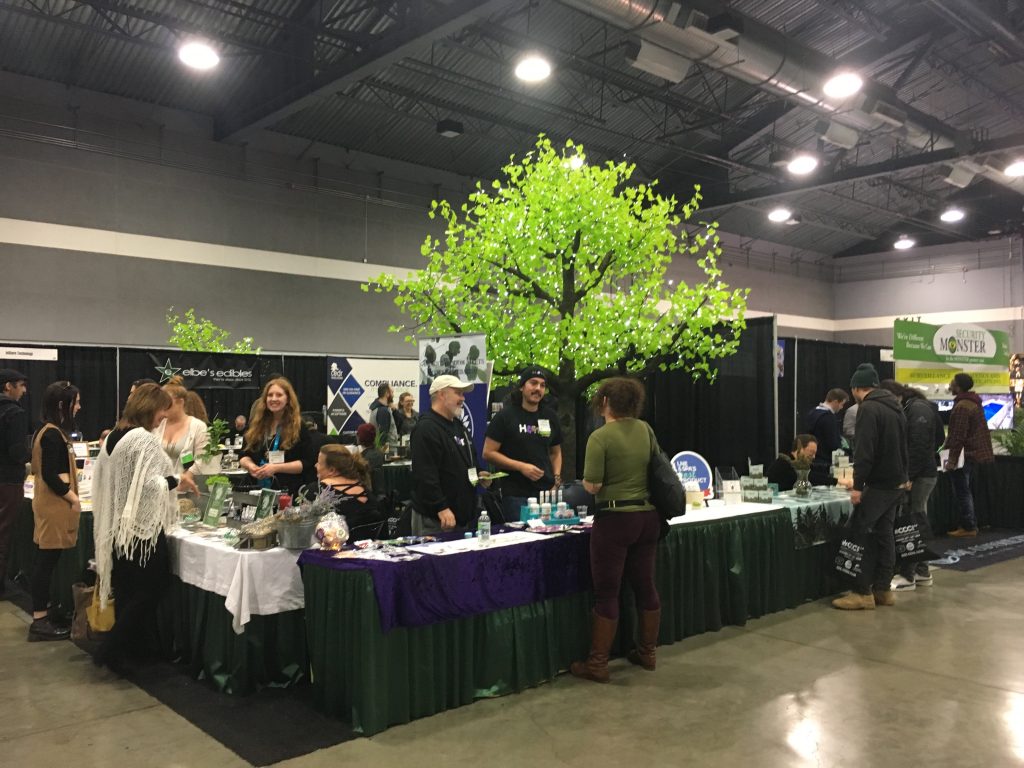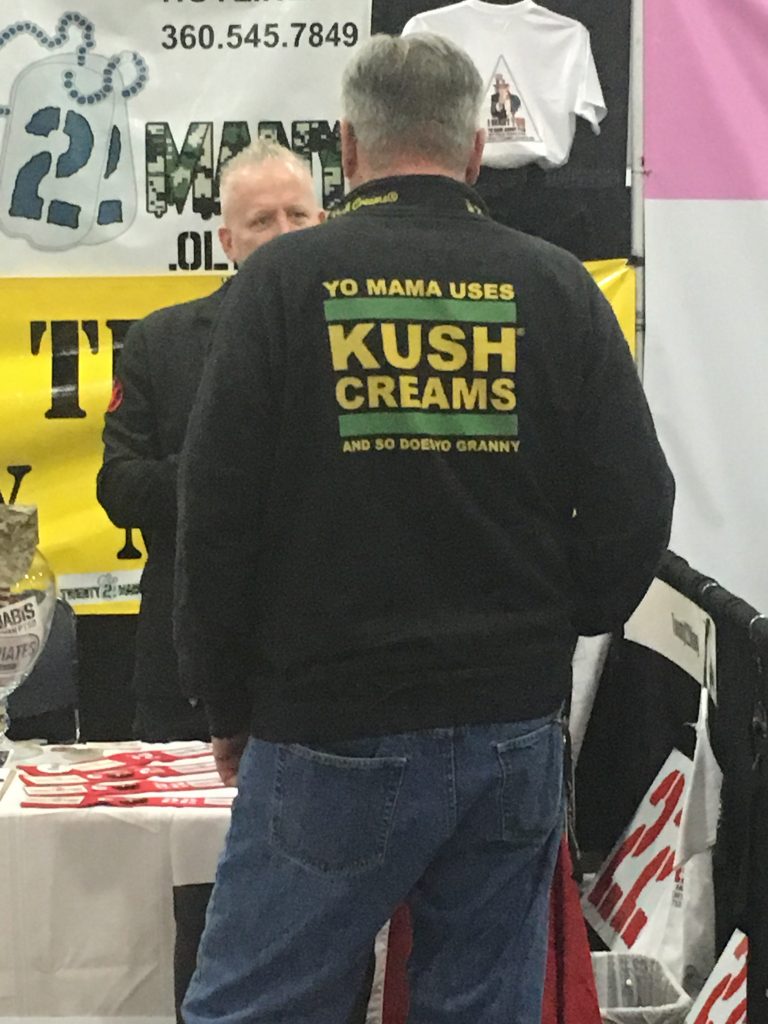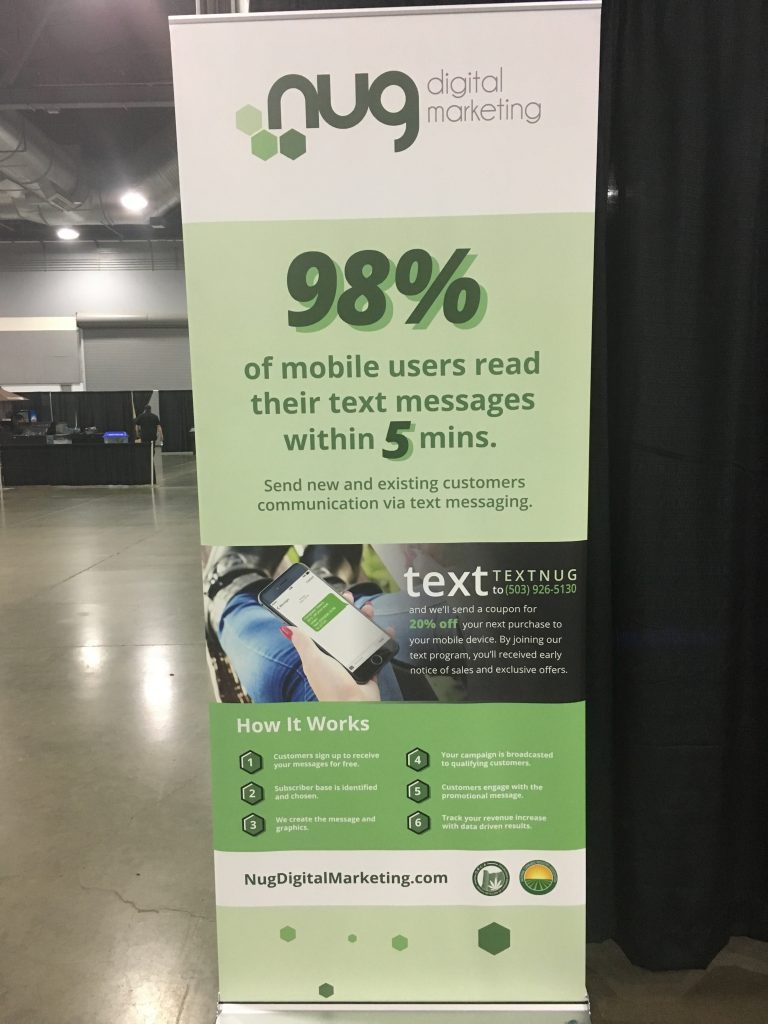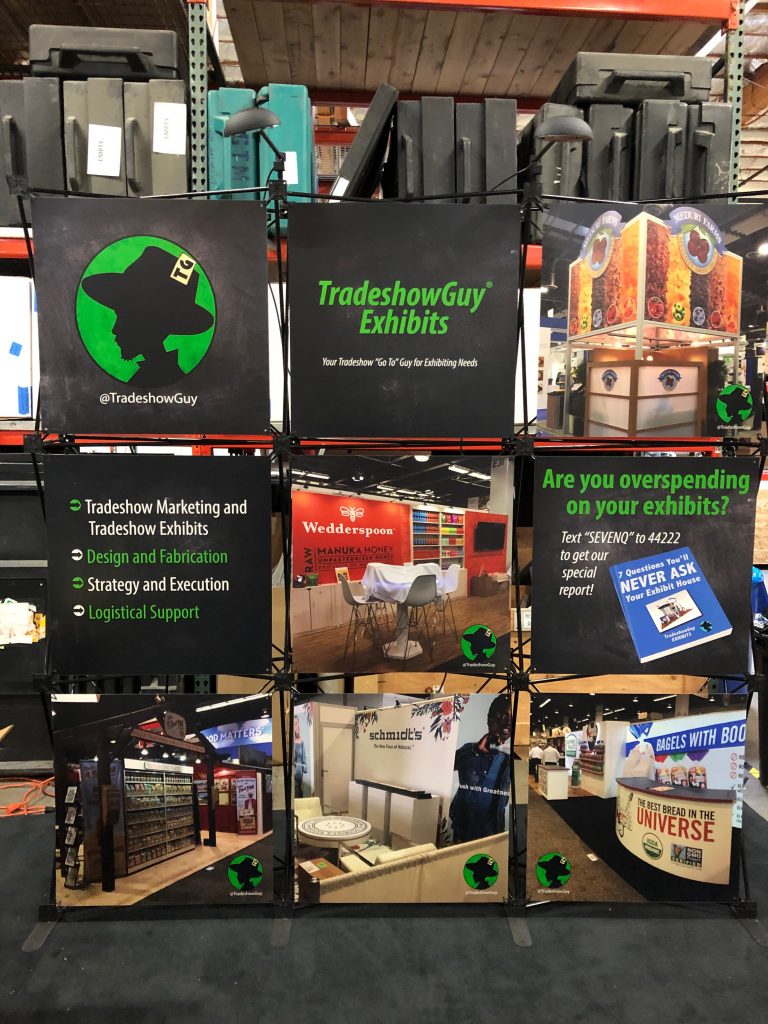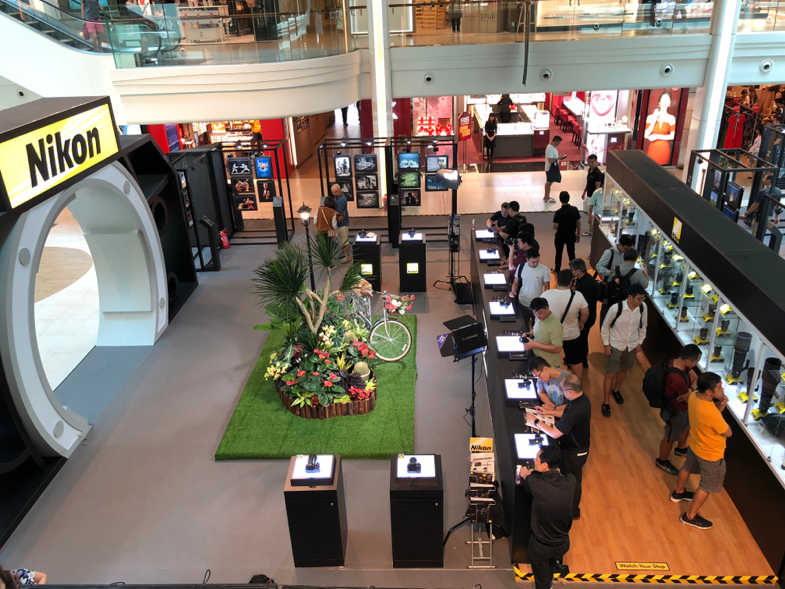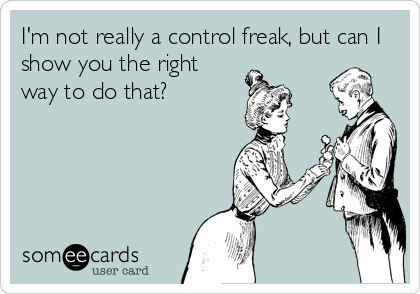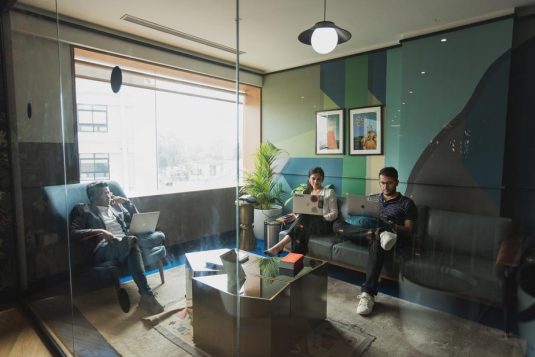
Handling Client Relationships
Client relations is an important key to creating a successful project and a successful business.
Over the years in both radio, where I spent 25+ years dealing with radio advertisers, and in the tradeshow world, where I’ve spent 17 years working with companies that are looking to buy or upgrade exhibits, I have picked up a few useful things along the way. At least, one would hope!
Clients come in all shapes. Every client approaches a project, big or small, in their own unique way.
Some are extremely hands-on, asking tons of questions about detail after detail. Others are quite hands-off, not too concerned about the details but just looking for a good outcome.
During my years in radio, I would work with clients who either wanted to voice their own commercials or be involved in the minute details of the production of a radio commercial. As a (mostly) patient man, it was interesting to note how many details some clients wanted to control and obsess over. They’d criticize the speed of the speaker, or the level of the music. Most clients, though, just handed in an order and wait for the result. When they listened to the end result, they’d usually just sign off and let it go.

It’s not that different from the tradeshow world. Clients are clients, and some chime in on every detail they possibly can. Others just want to make sure that the broad strokes are handled from their perspective, and delegate others to take care of the details.
And bottom line, outcomes are important. The hands-off client knows that we’re all professionals, and we’re used to obsessing over the details ourselves. The hands-on client knows this as well, but for reasons of their own its important to be an integral part of the process.
Neither approach is wrong, and both can be effective. Most clients I’ve dealt with are somewhere in between: they want to get involved at some level of detail but would rather understand the big picture of how it is all going, and make sure things happen to meet deadlines.
One thing I’ve picked up is that the more questions a client asks, it’s usually a good thing. As a salesperson, knowing that a prospect (and perhaps eventual client) is asking a lot of questions means they’re interested. No questions, little to no interest; lots of questions, high interest.
Many clients want to add more to the scope of work as time goes on, and some of the more delicate conversations revolve around how much those extras will cost. Some companies are ready and willing to spend what it takes to get what they want, and others are doing their best to adhere to a strict budget – and still get as much as they can for the dollars. Flexibility on both sides during those discussions is critical to moving the project forward while deadlines loom.
Bottom line: clients are great to have, whether they’re extraordinarily detail-oriented or whether they’re looking at the bigger picture.
Another thing that I keep in mind: whether I have 2 projects or 5 big ones and 8 small ones going on, that doesn’t matter to the client you’re currently on the phone with. As far as they’re concerned, they’re the only one you should care about and focus on. Nobody exists except them. That’s not really the case, but if you can make them feel like they are, that feeling will go a long way!
Afterward: Just as I was editing this post, Seth Godin had an interesting take on a somewhat similar concept – the professional vs. the amateur in the sales cycle: Are you selling to an amateur or a professional?

